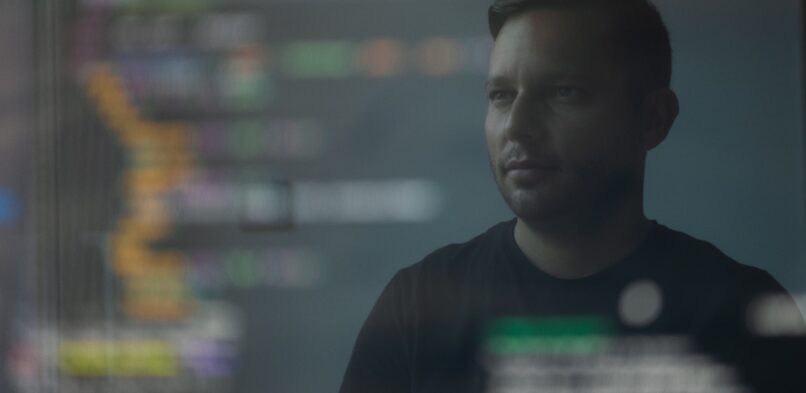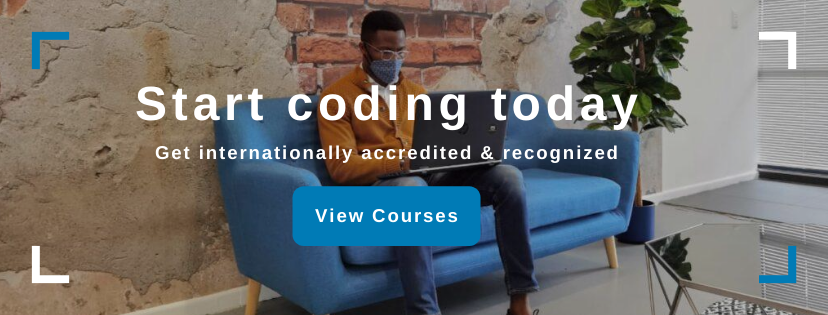What is the difference between Front-end, Back-end and Full stack development roles?

What is the difference between Front-end, Back-end and Full stack development roles?
July 13, 2024 Comments Off on What is the difference between Front-end, Back-end and Full stack development roles?What is the difference between Front-end, Back-end and Full stack development roles?
What is the difference between Front-end, Back-end and Full stack development roles?
There is an increased amount of web tools being created now more than ever before. More people are relying on software technology around the world. You may be looking to hire a developer or interested in becoming one, therefore it is important for you to understand the difference between the titles front-end, back-end and full-stack developer.
Front-end Developer
You may have wondered what it takes to make a website come alive and who is responsible for making the magic that you see happen. This is where a front-end developer comes in.
You may have seen some keywords that will usually be associated with the front end. Prepare yourselves, we’re going to get a tad technical.
Gui?
GUI, or “Graphical User Interface”, is a visual front that a screen displays to allow consumers to interact with the software. Any device with “smart” added to it will have an interface that runs apps and gives you access to websites is built by a front end developer.
The UX?
A UI designer, or “User Interface” designer, produces the platform where interactions between human and device occur. These developers require a mix of programming and design skills, and often this person isn’t a programmer at all.
UI?
A UX designer refers to a “User Experience” designer, which defines the path that a user takes and it’s level of effectiveness. Front end developers are also involved in the overall usability, utility and experience that a user has and this generally requires by far the most “soft skills” of a developer.
Responsive Design refers to the process of modifying the design of the interface to fit different types of screens.
Front end developer role?
A front end developer is a person who is comfortable with both designing and coding and they need to be comfortable using simple design tools and write the framework of the website. Because websites and web applications have increased in complexity, the need for Turing complete programming languages in the front end is vastly growing. Specialising in this field means being either more design or programming oriented, with an increasing demand for knowledge of JavaScript and its structures.
Software has become more of a human experience and the front end is the only part we see. The processing of information and the majority of computational activity still happens behind the scenes, which brings us to the back end.
Back-end Developer
Previously, the back-end would consist of a computer and software created to run tasks through it. In today’s world, this has become a lot more complex, with cloud servers, databases and microservice applications being more popular. That being said, it still continues to be a process of joining a server, an application, and a database to solve a problem.
The entire process consists of a network of processes and questions being solved in split seconds to provide the user with a certain desired output. A back-end developer generally has a variety of duties, from database creation and integration to security, backup and restore technologies. They usually have a vast knowledge in Java, C#, Python, and database languages like SQL and many others.
Back-end Developer consist of?
Previously, the back-end would consist of a com
Back-end developers usually practice in one programming language and senior programmers tend to have an extensive knowledge of frameworks, libraries, and other dependencies of that language.
They differ from front-end developers because a back-end developer is completely independent of any visual design and they rely on logical reasoning and software architecture to deliver the desired output. There are the occasional times where problems occur when trying to unite the back end and the front end, which leads us to the person who is equipped to handle both.
Full-Stack Development
Full-stack developers provide you with the best of both worlds, combining the front and the back end. These developers are comfortable working on both ends and they have expertise in all the components of a website’s development. This includes servers, hosting, databases and user interfaces. Besides having extensive knowledge in HTML, CSS, and JavaScript, full-stack developers also need to be familiar with at least one back end programming language. This allows them to build a fully functioning web application from start to finish.
Full-Stack Development today?
Today, the lines between the front end and back end of websites have become more blurred, as a lot of the computation from the back end is being moved to the front end. Full-stack developers have never been in more demand than they are now, because their flexibility and versatility is finally arising. Therefore a full-stack developer represents the complete web development package.
Conclusion of software development roles
What is the difference between Front-end, Back-end and Full stack development roles?
There may be three different types of developers, however, there are basically two types that are focused on. The two types is a specialist or a full-stack developer. Companies will select a front-end or back-end developer who will specialise in a specific area of expertise. Whereas full-stack developers are the correct choice if you need someone who can do it all and you want to spend less. Although utilising a full-stack developer will presumably be more costly than one or the other, but is less than hiring two specialists.
Whether you choose to work with a specialist or a full-stack developer, you will find someone who will fit your needs perfectly.
School of IT offers a wide variety of courses for you to choose from. Go check out our course options here, where you can find out more information on what we offer and all the aspects of programming you can study with us.


